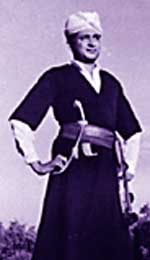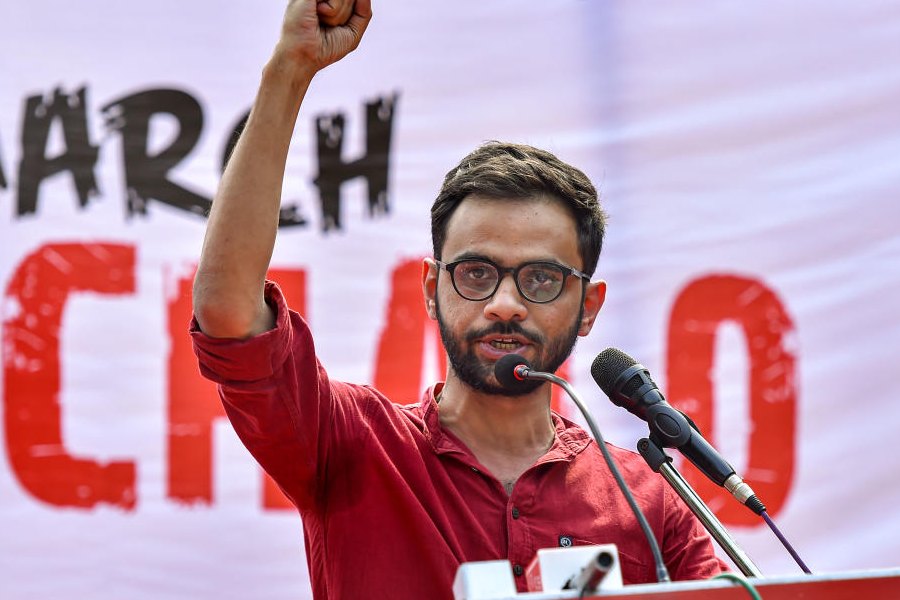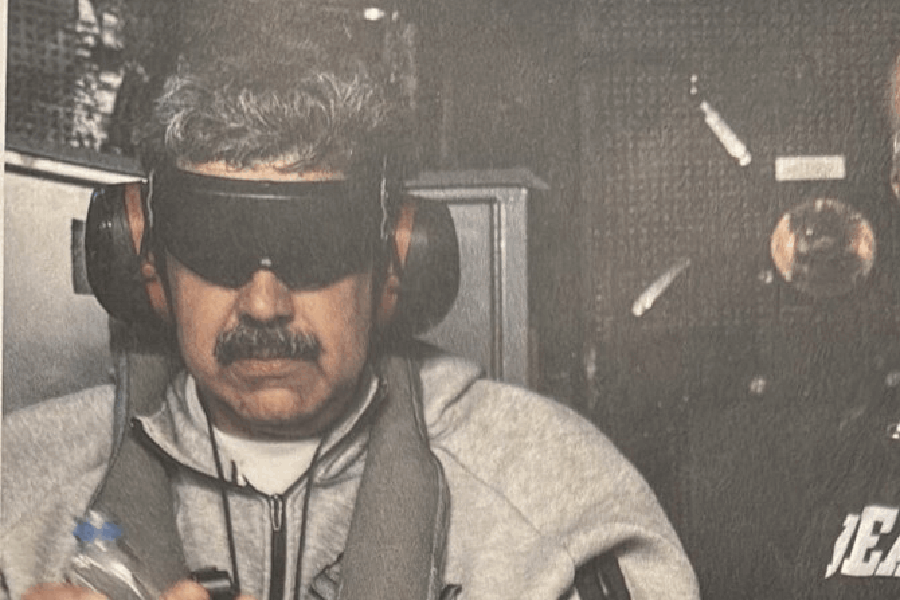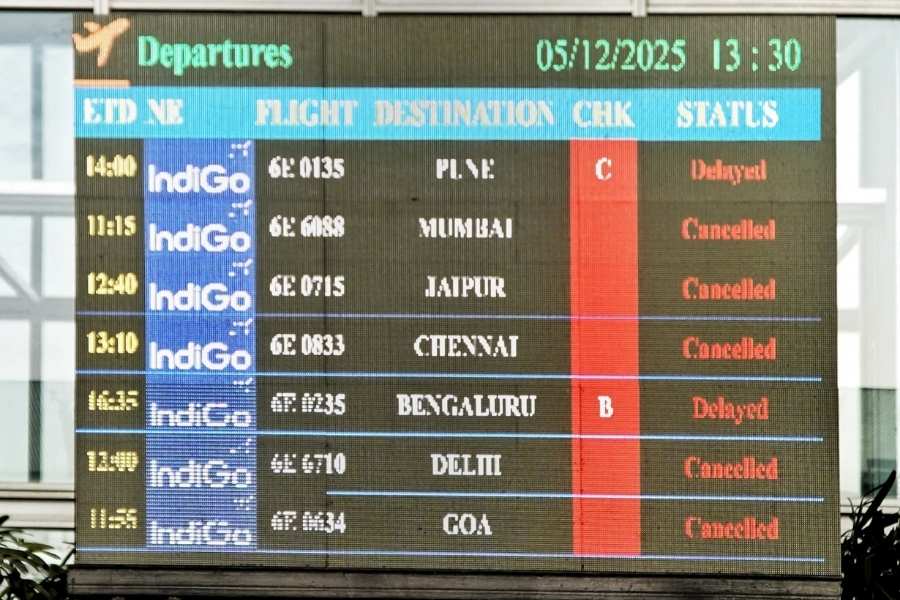|
|
| Alert mind |
Religion and Society among the Coorgs of South India By M.N. Srinivas, Oxford, Rs 495
This is the reprint of a classic in Indian social anthropology. Its importance and relevance are underlined in an introduction to the new impression by André Béteille. It was based on extensive field work carried out in the early Forties. It marked a new departure in the understanding of the relationship between religion and social structure in a small community in south India. It looked at Hinduism in a novel way and its approach to the study of social structure was also new. Srinivas was sensitive to the interaction between religion and society and to changes within religion and society. But the book also took Srinivas to a world beyond the Coorgs. He looked at the religion of Hindus and at the social structure of Hindus. To Srinivas both were important.
World beneath his feet
Footloose in the Himalaya By Bill Aitken, Permanent Black, Rs 450
Bill Aitken has been bitten by the crazy bug of trekking. But he walks away from the established trekking routes and wanders through the Himalaya from Arunachal to Kashmir, from the heights of Zanskar and Nanda Devi to the smaller towns and resorts that dot Kimaoan and Garhwal. He has an eye for the unknown: disused temples dedicated to unknown deities, a village with temples that celebrate Duryadhona, ramshackle colonial dak bungalows and enchanting glades way above the treeline. Aitken is an intrepid traveller. In his twenties, he left his native Scotland to see the world and stopped when the Himalaya captured his imagination. His writing is lucid and as he moves, he takes detours into local lore and gossip. Ghosts come and go as do holy men, ashramas, pilgrims and ascetics. This book is an obvious delight for those who love travel and travel- writing. But of greater delight to the armchair traveller whose only trek is from his drawing room to the loo.
Link between the ages
Zaka Ullah of Delhi By C.F. Andrews, Oxford, Rs 350
The subject of this book was a teacher at the Delhi College and was one of the foremost scholars of his time. He lived between 1832 and 1911. This was a period when the British were introducing Western learning into India. Most Muslims considered this corpus of knowledge to be alien. Zaka Ullah belonged to the small but significant minority who were enthusiastic about the new learning. He tried for a time to live in both the worlds. Culturally he belonged to the ancien regime of adab which determined the code of conduct of north Indian upper class Muslims. But at the level of the intellect, he was an enlightened reformer and a rationalist.
More significantly, like Ishwar Chandra Vidyasagar in Bengal, Zaka Ullah believed that Western education could be spread through the vernacular and he devoted his life to translating and writing textbooks in Urdu on science and mathematics. The book also focuses on friendship. Friendship between Zaka Ullah and his comrade Maulvi Nazir Ahmad, the Urdu novelist, and the author of this memoir. It is a remarkable document on the culture of Delhi before Lutyens.












